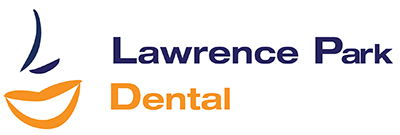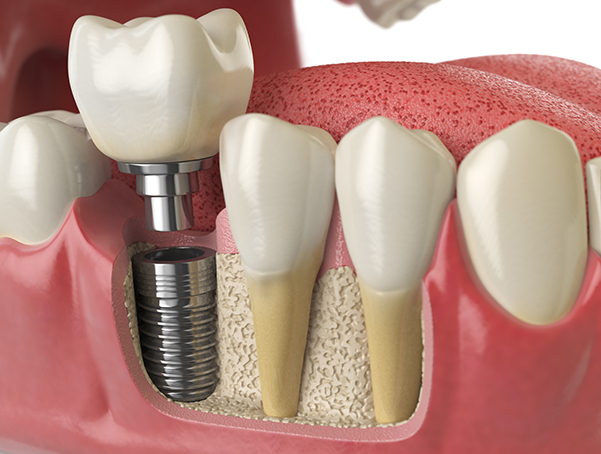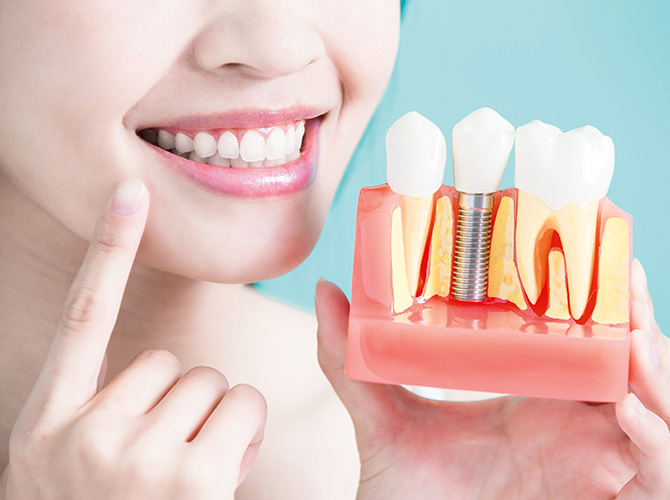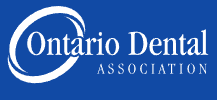Bite Discrepancy Explained – What You Need to Know
The upper and lower teeth may not always fit together the way they should. Or they may be irregularly arranged. When this occurs, the result is a bite discrepancy.
Causes of Bite Discrepancy
Here are some of the causes contributing to bad bites or bite discrepancy:
- Heredity
- The difference in the size of teeth
- The difference in the size of jaws; upper and lower
- Misalignment of jaw caused by an injury
- Extra teeth, lost teeth, or impacted teeth
- Congenital disabilities; cleft palates
- Extended pacifier use, tongue thrusting, or thumb sucking
Signs and Symptoms of Bite Discrepancy
In some people, the signs and symptoms of bite discrepancy are obvious. In others, they may be harder to spot. The most common symptoms include:
Headaches
Headaches are not always associated with bite discrepancy, but they can be a symptom. Headaches occur because teeth misalignment can cause strain and tense your face muscles. Bite discrepancy headaches can range from mild to severe.
Grinding Your Teeth (Bruxism)
Teeth grinding can lead to headaches and severe pain in the jaws. It’s often caused by a misaligned bite. The technical term used to describe teeth grinding is bruxism. It happens because of the extra muscle forces put on your jaws by the bad bite.
Trouble Speaking
This is not a symptom that every patient has, but it may occur. If you are experiencing difficulty in enunciating or pronouncing some words due to tension in the jaws, it can be a clear-cut indication of bite discrepancy.
TMJ (Temporomandibular Joint) Symptoms
The temporomandibular joint lies on each side of the face and functions as a hinge that attaches your lower jaw to the skull. This joint provides you with a wide range of directions of motion.
Symptoms of TMJ include:
- Clicking noises
- Soreness
- Pain while moving jaw
- Stiffness
Types of Bite Discrepancy
The most common types of bite discrepancies include:
- Open bite: Your teeth are positioned in such a way that your upper front teeth don’t overlap the lower teeth at all. Your mouth is never in a resting position as the back molars are in contact for too long.
- Crossbite: Occurs when your upper teeth sit slightly inner to the lower teeth. It can happen on one side of the jaw or, in some cases, on both sides.
- Crowding: This condition occurs when your permanent teeth tend to grow at different angles as there is not enough space for teeth to erupt. These teeth are challenging to clean. Additionally, you could have cavities and gum issues.
- Overbite: Normally, there should be a slight overlapping of the lower front teeth. When you have an excessive overbite, there is increased overlapping that tends to cause your front teeth to bite down the gums.
- End-to-end: Opposite to overbite, your lower teeth tend to bite the upper front teeth. This condition, if left unchecked, can lead to jaw joint disorders. Also, teeth may fail to perform their proper function.
How to Fix Bite Discrepancy?
Surgical and non-surgical procedures can be used to fix bite discrepancies.
DTR (Disclusion Time Reduction) therapy is a non-surgical option. DTR therapy is done to correct bite discrepancies and influence muscle physiology in a positive way (decrease in muscle force output).
Orthognathic surgery is done to correct bite discrepancy from a misaligned jaw. This surgery includes the procedures to move the maxilla or jaw in various directions:
- Forward
- Backward
- To widen it
Besides, this surgery may involve procedures that move mandible or jaw rotationally for the following purposes:
- Correct its symmetry
- Move forward
- Move backward
Orthodontic braces provide non-surgical treatment. Braces are metal bands and brackets placed around back teeth with a wire that runs through brackets. These brackets work together and pull your teeth into a much healthier alignment.
The Wrap Up
If you suspect you have a bite discrepancy, is good to have it checked. More than annoying symptoms, it may have a long-term impact on the health of your teeth and your quality of life. Don’t hesitate to call us at 416-488-7454 or use our contact form. Dr. Queiroz and the team at Lawrence Park Dental in North York are here to assist you.











